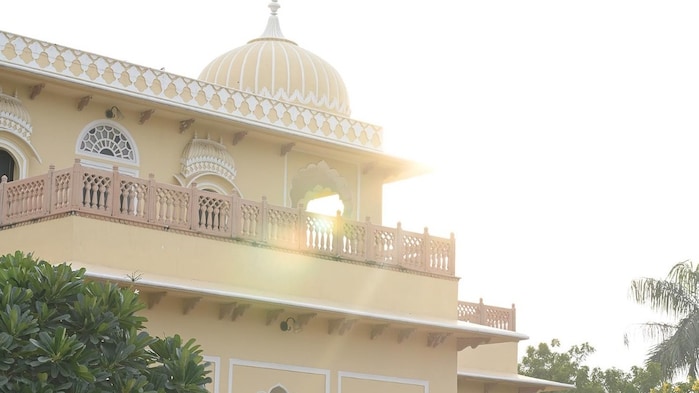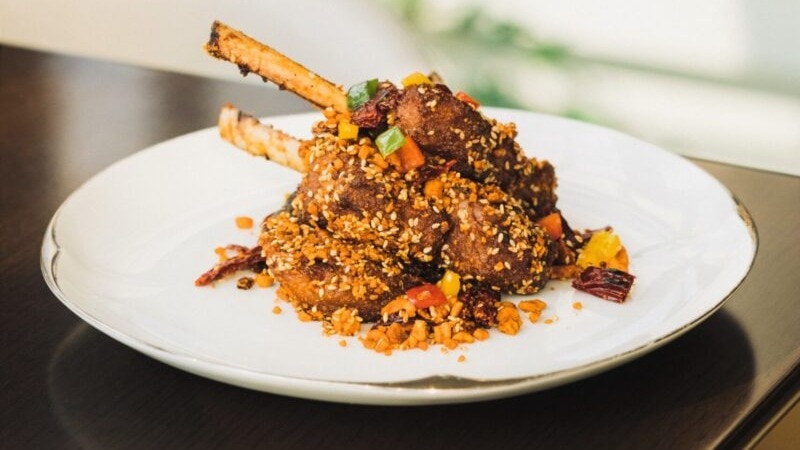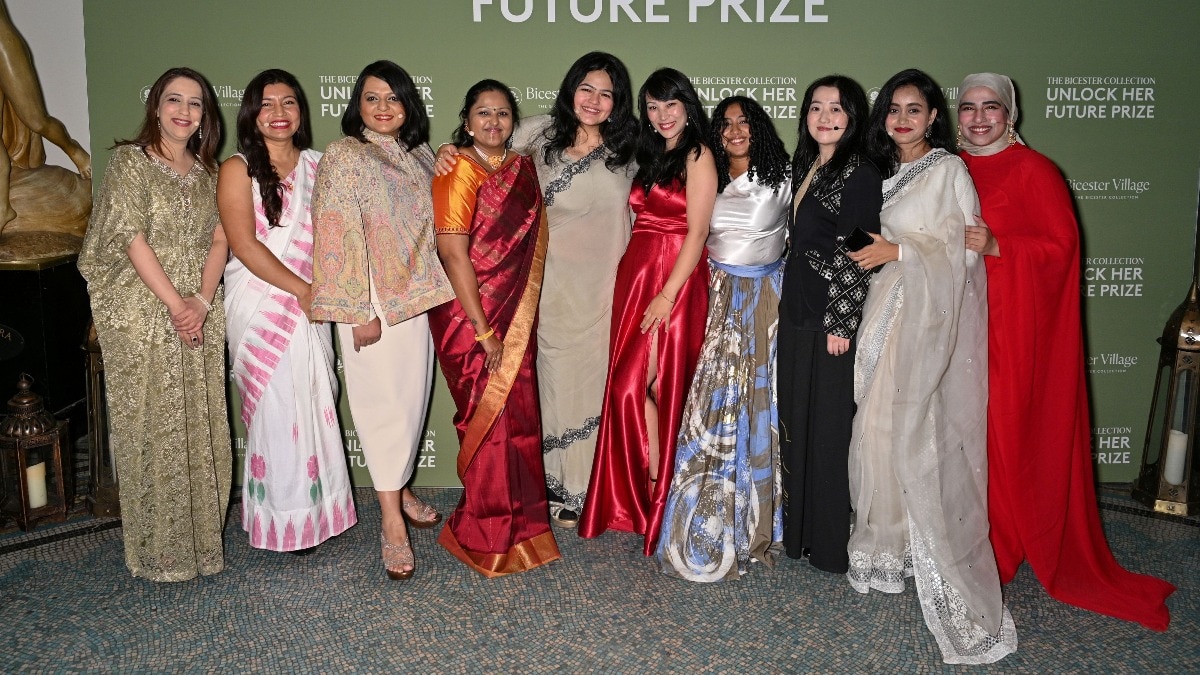- Home
- Royalty
A look at India's most majestic heritage palaces, from Ladakh to Lucknow


India's palaces are some of the greatest architectural masterpieces in the world, which continue to serve as the perfect showcase of the grandeur of bygone eras. These imperial residences were crafted many centuries ago, keeping in mind opulence, while also serving as powerful symbols of wealth and artistic excellence. Today, some of these palaces still function as royal abodes, while many others have been restored as museums, galleries and heritage hotels, which allow visitors a glimpse into the regal splendour of India’s past. HELLO! takes a look at 6 of the most majestic palaces of India.
1. Mysore Palace, Karnataka
Also known as the Amba Vilas Palace, Mysore Palace blends history with architectural finesse. It observes the Indo-Saracenic architectural style and features vaulted ceilings with intricately carved archways. The interiors feature stained-glass skylights, engraved teakwood doors, frescoed ceilings, and priceless artefacts belonging to the Wodeyar dynasty. Expect a visit here to be a sacred one, as guests remove their shoes before entering.
2. Leh Palace, Ladakh
The Leh Palace, located in Ladakh with the Himalayas as a backdrop, is a 16th-century, nine-storey architectural marvel that resounds with the rustic beauty of Tibet. Built from stone and sun-dried mud, a glance at the landscape reveals how seamlessly the palace blends into the surrounding mountains. Inside, you’ll find ancient Thangka paintings, Buddhist murals, and statues that reflect the spiritual devotion and mastery of the era.
3. Laxmi Vilas Palace, Gujarat
Not many are aware that Laxmi Vilas Palace in Vadodara is nearly ten times the size of Buckingham Palace. Its Indo-Saracenic style merges multiple architectural styles, from Indian to Islamic, to European. Its crowning jewel is Durbar Hall, which boasts Venetian mosaic flooring with Belgian stained-glass windows. It also includes an artwork collection which includes masterworks by Raja Ravi Varma.
4. Jai Vilas Palace, Gwalior
The Jai Vilas Palace, located in Gwalior, is a royal statement that exudes elegance. Its grand interiors blends Italian, Tuscan, and Corinthian architectural influences which originate in Europe. The palace is most famous for its gold-accented hallways, towering Belgian chandeliers, and a very unique silver model train which once served dessert to guests in the dining hall.
5. Jahangirabad Palace, Lucknow
In Lucknow lies Jahangirabad Palace, which was built as a private retreat for the Nawab and his family. For the royals, it served as a spot of quietude away from public court life. Named after the Mughal emperor Jahangir, the palace played a significant role during the 1857 Sepoy Mutiny as it was a strategic stronghold for rebel forces. The palace retains its old-world charm even today and the Bollywood film industry has also shot multiple films here. It currently holds the distinction of being the last royal residence of the Oudh rulers
6. Chowmahalla Palace, Hyderabad
Chowmahalla Palace, which used to seat the Nizams of Hyderabad, is an 18th-century masterpiece where Persian, Mughal, and European influences converge. Meaning "Four Palaces", the complex comprises of four interconnected palaces surrounding a serene pool. Durbar Hall is the palace's ceremonial space studded with crystal chandeliers, carved arches, and colourful murals.
Text by Ranyah Kapoor
Edited by Dayle Pereira



